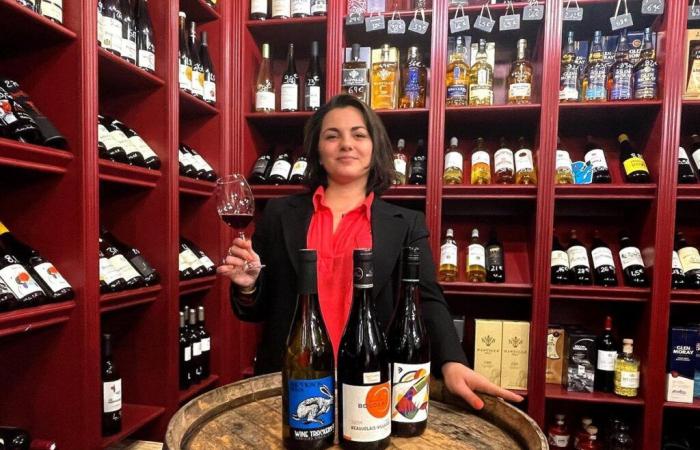
1. What is Beaujolais Nouveau?
Beaujolais Nouveau is a primeur wine, which means that it is sold a few weeks or months after its harvest and “there has been no aging,” indicates Anne-Laure Lellouche. It's the first juice of the year. » Contrary to popular belief, there is not just one Beaujolais Nouveau but hundreds of different ones. “All areas can do it,” says the expert. Some choose not to produce them because they prefer to keep their juices to make their own. » There is therefore as much Beaujolais Nouveau as there are vintages.
2. Why do we say it tastes like banana?
This comes from a yeast called 71B used to speed up the fermentation process. “There are producers who work with indigenous yeasts, present naturally on the skin of the grapes, but others use chemical yeasts,” underlines the specialist. It is impossible for the consumer to know whether the bottle purchased is yeasted or not: Beaujolais nouveau labels do not mention the list of ingredients. Be careful, just because a wine contains yeast does not necessarily mean it will taste like bananas. It all depends on the dosage and the yeast used.
3. Can we age it?
Yes, but within reason. “Basically, it is not a wine to keep,” says the wine merchant. It can be aged for a maximum of three to five years provided that it is well preserved in a cellar of 10 – 13 degrees where the temperature does not vary too much. »
4. What is its price?
It's not easy to find your way around as the prices vary. So how much do you have to pay to treat yourself to a good bottle without breaking the bank? “It costs 8-9 euros for a decent Beaujolais Nouveau with no banana taste. »
5. Is this still a good business transaction?
Anne-Laure Lellouche's response is nuanced: “There is an increase in sales, yes. As early as this morning, I had customers who took boxes, bottles… But the trend is fading. Today, you find Beaujolais everywhere, including in supermarkets for 4 euros.





